Weather Considerations: When (and When Not) to Wash
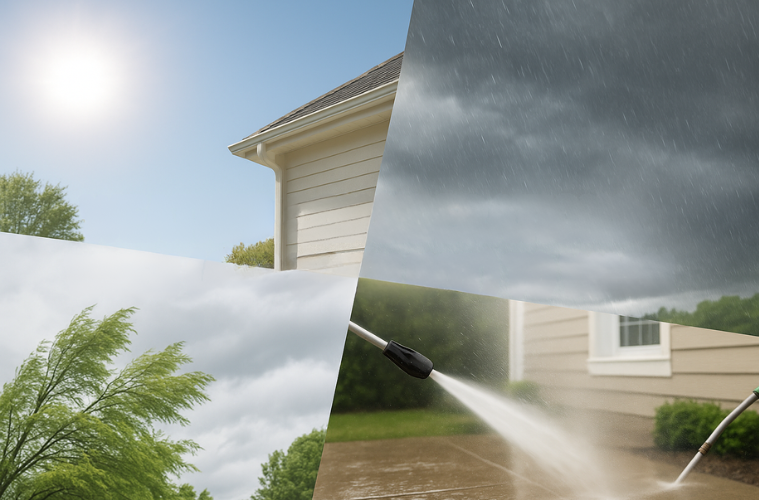
Timing is everything in the exterior cleaning industry. Weather conditions directly affect the safety, efficiency, and quality of your soft washing or pressure washing job. Understanding when — and when not — to wash can make a difference in your results, customer satisfaction, and equipment longevity.
Here is a breakdown of how different weather factors should guide your job scheduling decisions.
1. Temperature: How Hot or Cold Is Too Much?
Optimal Range: 50°F to 85°F (10°C to 29°C)
Too Cold (< 45°F):
- Sodium hypochlorite (SH) becomes less effective in cold water
- Risk of freezing lines, nozzles, and valves
- Surface drying slows, increasing streaking risk
- Unsafe footing due to ice risk
Too Hot (> 90°F):
- SH evaporates quickly, reducing dwell time
- Streaking and burn marks are more likely on siding and roofing
- Surfaces may dry unevenly, reducing cleaning effectiveness
Tip: In cold temps, pre-rinse with warm water if possible. In high heat, start earlier in the day and cool surfaces before applying chemicals.
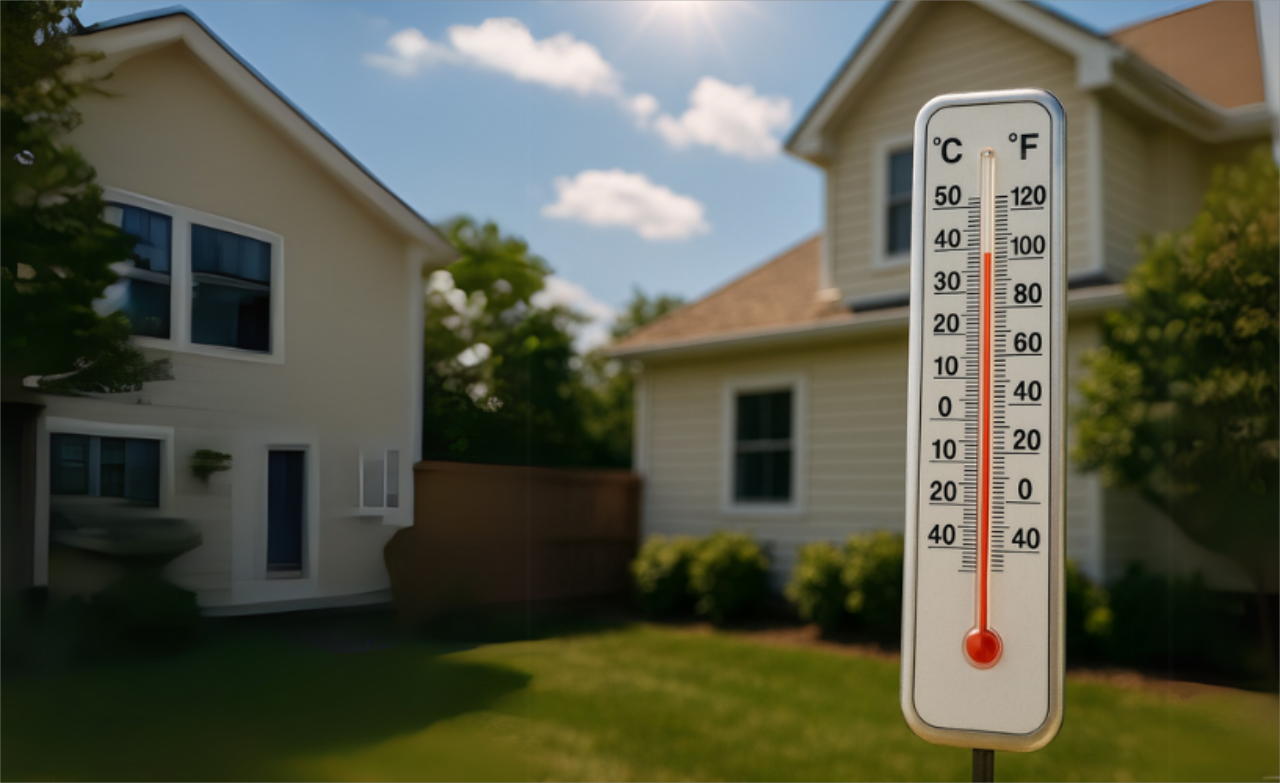
2. Wind: More Than Just a Nuisance
Acceptable Wind Speed: Under 10–12 MPH
Too Windy (> 15 MPH):
- Overspray becomes hazardous—especially with SH
- Higher risk of drift onto plants, cars, windows, or neighboring properties
- Inconsistent application and poor rinse coverage
Recommendation: On breezy days, use a pump sprayer or switch to direct low-pressure applications instead of wide fans or mist nozzles.
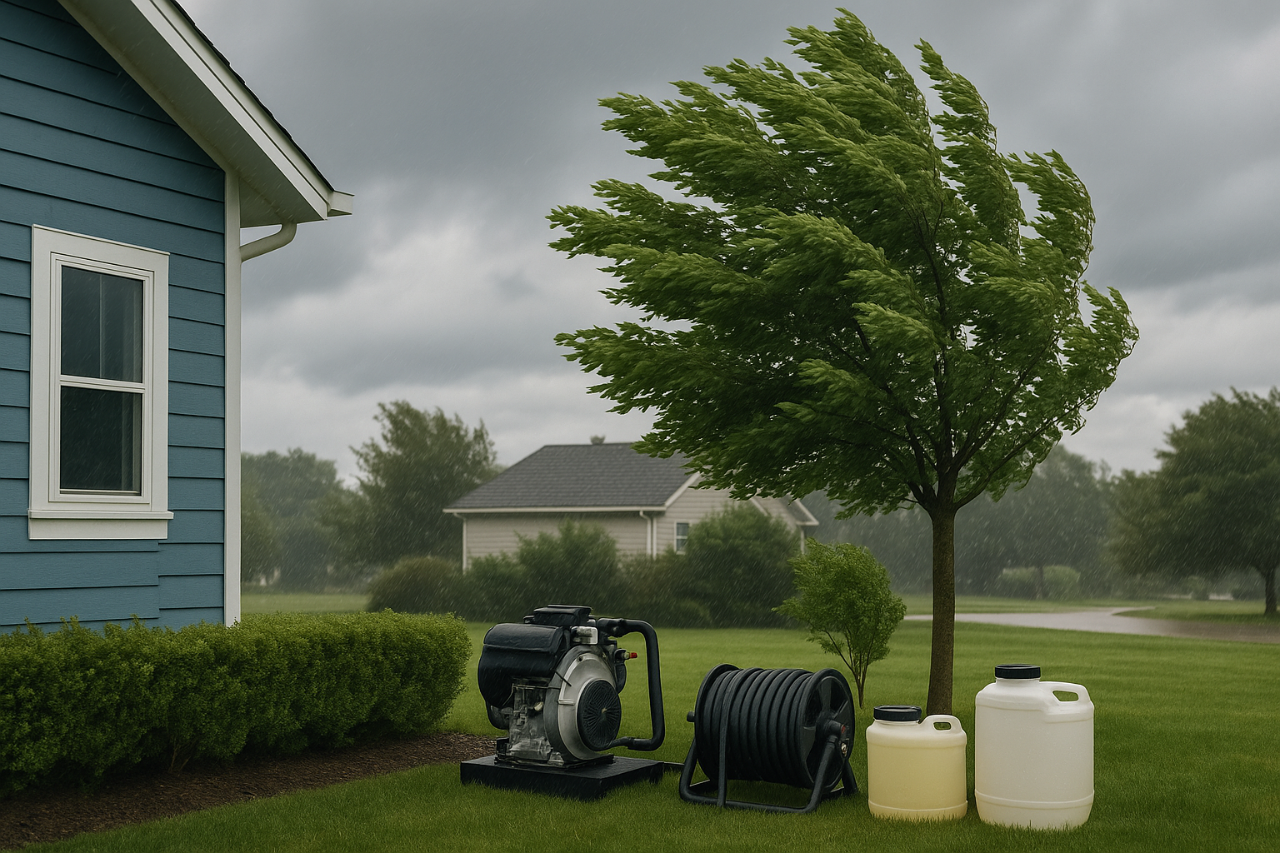
3. Rain: Yes, It Can Be an Advantage
Light Rain or Cloud Cover:
- Slows down chemical evaporation
- Keeps surfaces cooler
- Extends dwell time (great for stubborn organic growth)
- Reduces glare, improving visibility
When Not to Wash:
- Heavy rain or thunderstorms
- If rain is forecast within 30–60 minutes of SH application
- Water dilutes chemicals and can wash off before effective cleaning occurs
- Dangerous footing and slip hazards increase
Bottom Line: A light drizzle is workable. A downpour is not.
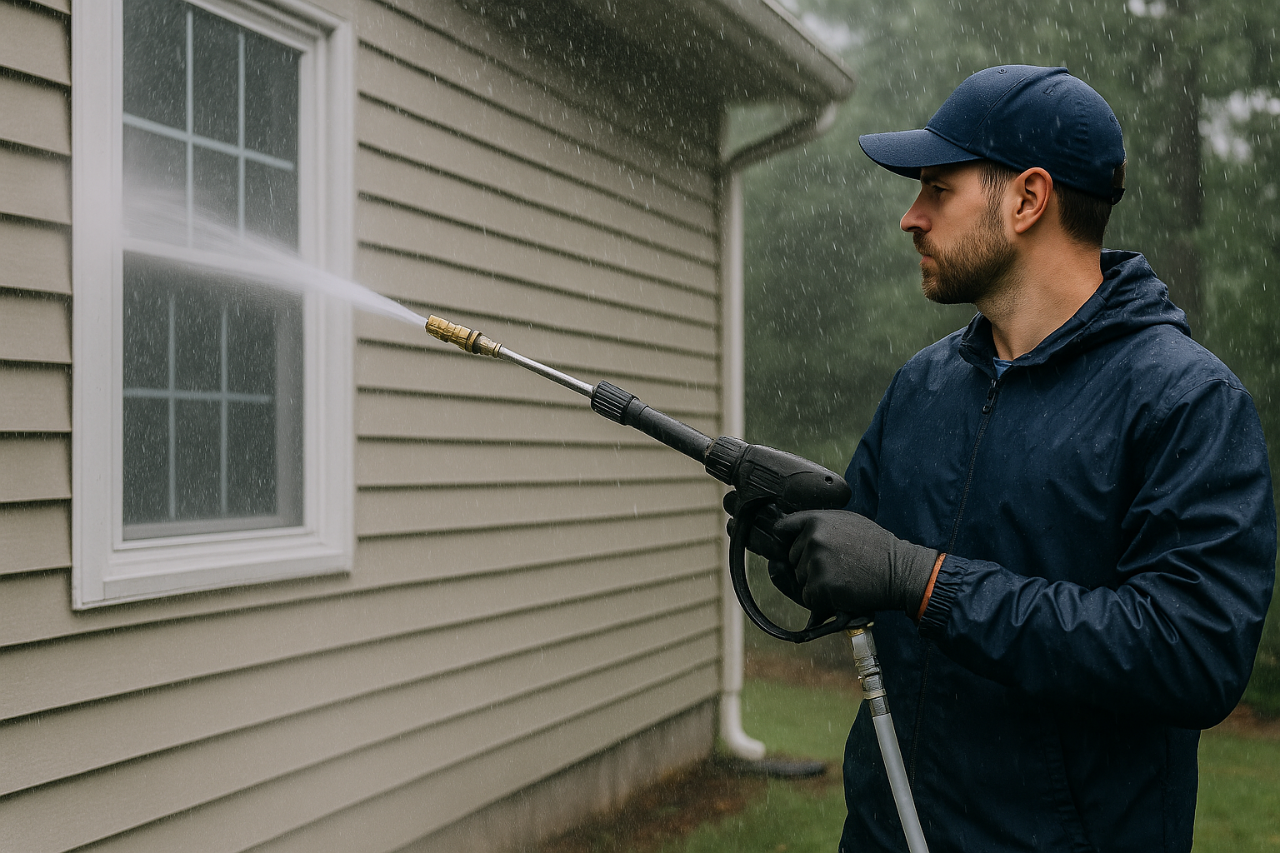
4. Sunlight & UV Exposure
Bright Direct Sun:
- Causes SH to break down faster
- Can lead to visible streaks or etching on painted or glass surfaces
- Premature drying of chemical mix leads to inconsistent results
Best Practice: Wash in the morning or late afternoon, starting on shaded sides of the building. Always rinse thoroughly and quickly in sunny conditions.
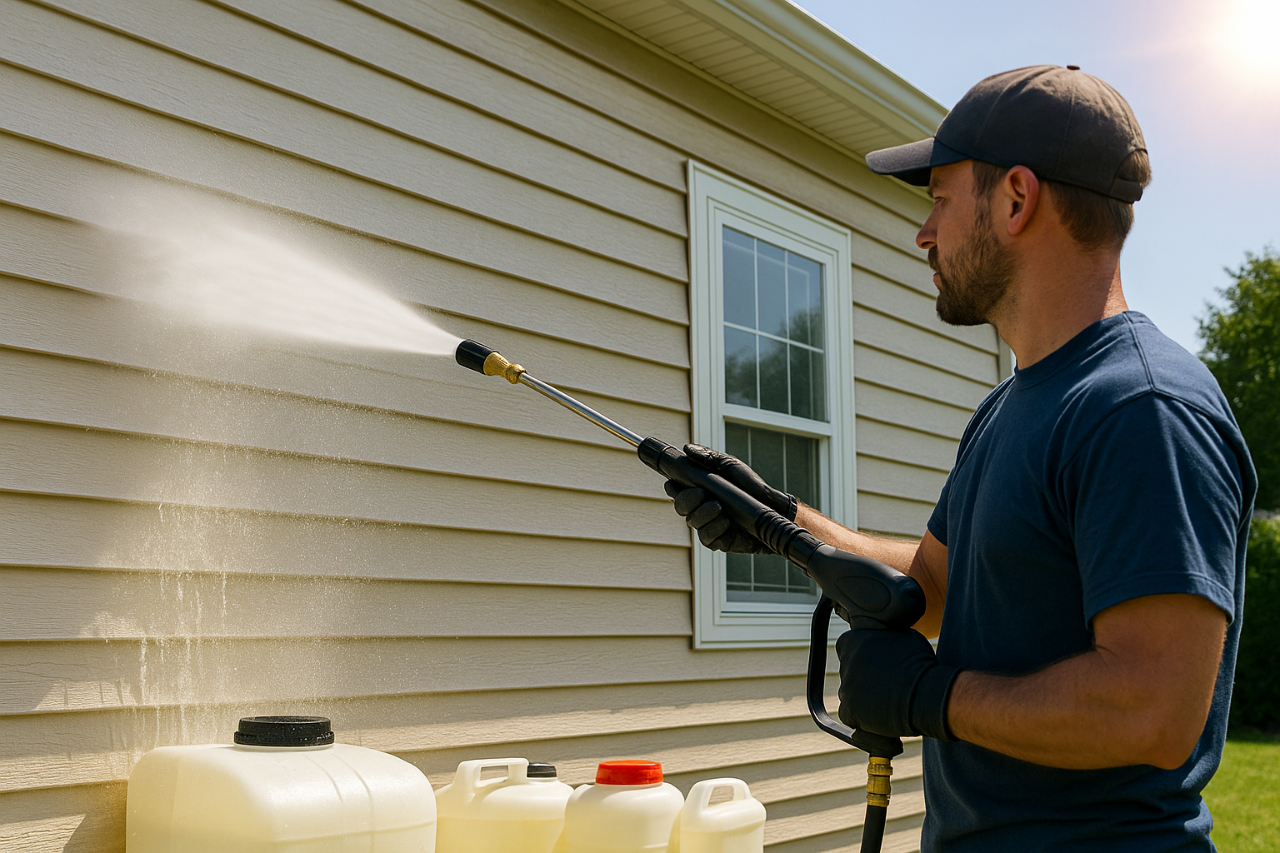
5. Surface Conditions: Wet vs. Dry
- Pre-wetting surfaces helps reduce chemical burn
- Wetting plants and grass before and after SH application helps prevent damage
- Avoid washing on frozen, brittle, or freshly sealed surfaces
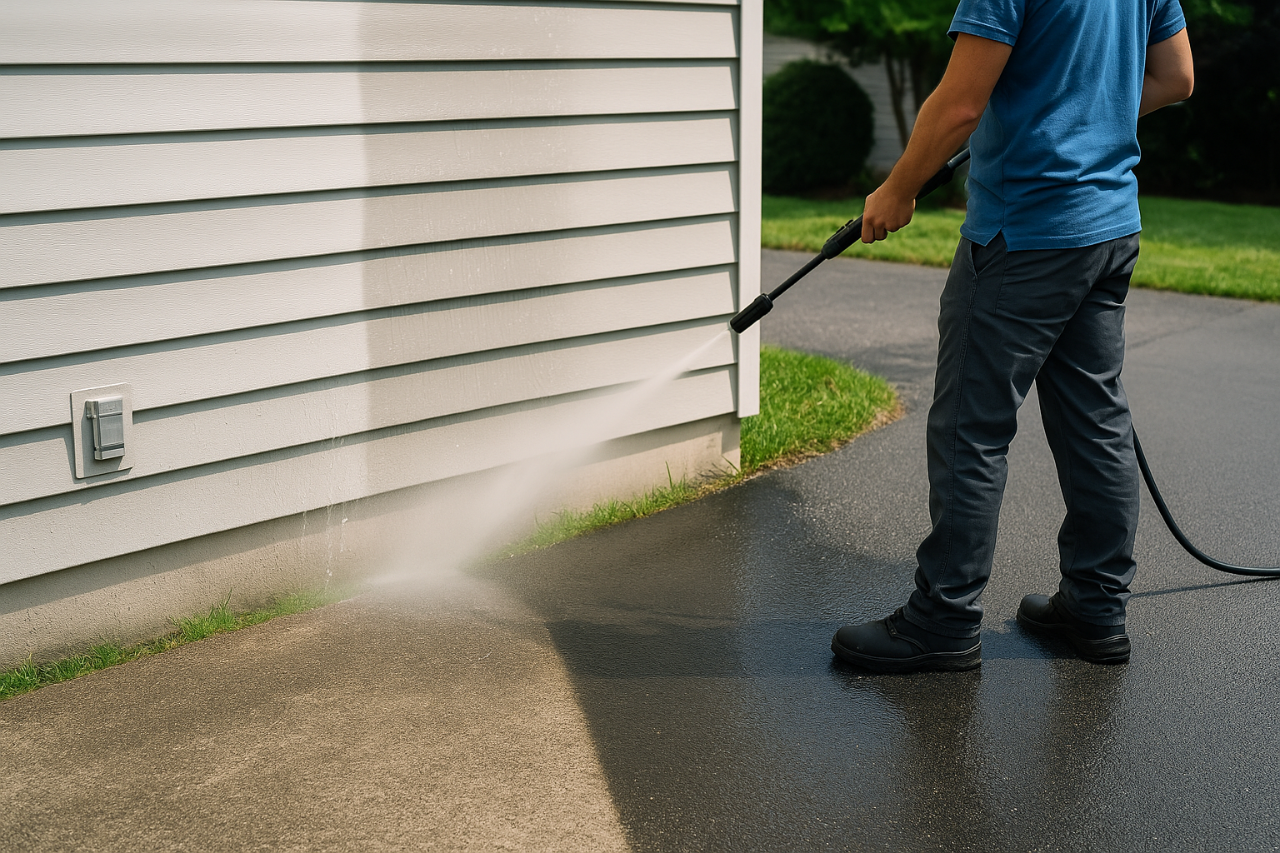
Scheduling Tips for Wash Pros
| Condition | Proceed With Caution | Avoid Completely |
|---|---|---|
| Light rain | ||
| Midday Heat | ||
| 15+ mph Wind | ||
| Below 45°F | ||
| After SH application, rain within 30 mins |
Final Thoughts
Professional cleaners know that great results don’t just come from the chemicals and equipment—they also depend on timing and weather awareness. By learning how to read weather forecasts and adapt to conditions, you can extend equipment life, avoid surface damage, and deliver consistent results.
Need advice on the right equipment and surfactants for varying weather conditions? LNI Equipment stocks a full range of:
- Sodium hypochlorite
- Scent masks and dwell boosters
- Safe sprayers and accessories
- Surface cleaners, reels, and trailer builds
